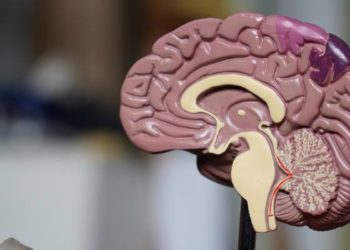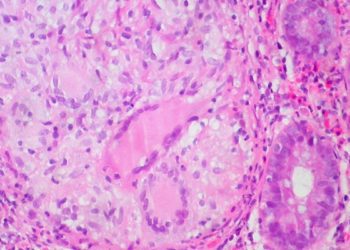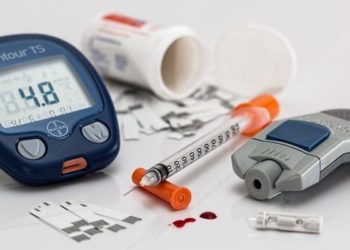Antibiotic stewardship in children with acute sinusitis via nasopharyngeal testing
1. For children suffering from acute sinusitis, administering antibiotics showed limited advantages for those without nasopharyngeal bacterial pathogens at the initial diagnosis.
2. In children with acute sinusitis, the color of nasal discharge had weak correlation with bacterial infection and no bearing on antibiotic efficacy.
Evidence Rating Level: 1 (Excellent)
Study Rundown: Acute sinusitis is frequently diagnosed based on clinical symptoms in children, leading to presumptive treatment with antibiotics without pathogen testing. This clinical trial sought to determine whether specific factors, such as nasopharyngeal bacterial colonization and nasal discharge color, could help identify which patient groups would most benefit from antibiotics in treating acute sinusitis. Findings indicated that children diagnosed with acute sinusitis but lacking detectable bacterial pathogens in their nasopharynx derived significantly less benefit from antibiotic treatment compared to those with pathogen colonization. Notably, the color of nasal discharge had no impact on antibiotic efficacy. One limitation of the study was the exclusion of children with severe sinusitis due to strict diagnostic criteria, which limited the generalizability of results. Nonetheless, the study suggests that testing for specific bacterial pathogens (S. pneumoniae or H. influenzae) during diagnosis could be a valuable strategy to reduce unnecessary antibiotic use for childhood sinusitis while ensuring appropriate treatment for those who would benefit most. Additionally, the study highlighted the weak association between the color of nasal discharge and acute sinusitis, emphasizing its minimal impact on treatment decisions. These insights represent a crucial advancement in optimizing treatment for this common childhood condition, with potential benefits including improved resource utilization and reduced risk of antibiotic resistance. Future research should concentrate on point-of-care testing for these pathogens and the practical implementation of such strategies in clinical practice.
Click to read the study in JAMA
Click to read an accompanying editorial in JAMA
Relevant Reading: Predicting response to antimicrobial therapy in children with acute sinusitis
In-Depth [randomized clinical trial]: This randomized clinical trial was conducted between February 2016 to April 2022 in primary care offices in the United States. The study included 510 children aged 2 to 11 years who were clinically diagnosed with acute sinusitis. Patients were randomized to receive either oral amoxicillin and clavulanate (antibiotics) or placebo for 10 days. Then, they were assessed using a validated Pediatric Rhinosinusitis Symptom Scale (PRSS) daily to measure the primary outcome of symptom burden over 10 days of follow-up. Children in the antibiotic group had slightly lower symptom burden and were less likely to experience treatment failure, develop acute otitis media or require additional antibiotics than those in the placebo group. However, in children treated with antibiotics and did not have bacterial pathogens (28% of participants), there was a minimal difference in symptom burden compared to placebo (between-group difference of -0.88, 95%CI -1.63 to -0.12, p=0.02). For nasal discharge, the between-group difference of symptom burden between children on antibiotics and placebo was not significantly significant.
Image: PD
©2023 2 Minute Medicine, Inc. All rights reserved. No works may be reproduced without expressed written consent from 2 Minute Medicine, Inc. Inquire about licensing here. No article should be construed as medical advice and is not intended as such by the authors or by 2 Minute Medicine, Inc.









